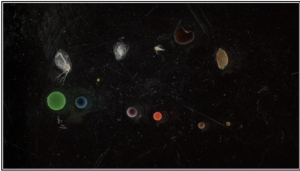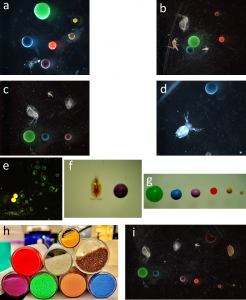News
The Chief Scientist for Deep Submergence (CSDS) role places her at the forefront of deep submergence for the academic research community, working as a liaison to connect scientists with the WHOI teams that operate WHOI’s underwater vehicles. Check it out the news release here.
WHOI Chemical Sensors lab PhD student Victoria Preston is featured in MIT News: “This is a really exciting time to be a roboticist who also cares about the environment,” says PhD student Victoria Preston.
WHOI is joining co-development technology company Triple Ring Technologies on the next phase of the project, designing and engineering the field going microplastic sensor.
JP Student Beckett Colson’s microplastic sensor was featured in The Academic Times.
“Colson, whose work centers on oceanographic engineering, set out to create a machine that would more effectively detect and remove microplastics from the water in a continuous and automatic process.”
JP Student Beckett Colson's microplastic impedance sensor is recognized in the Materials Research Society Bulletin. Both Colson and Michel are quoted in the article:
"We really do not know the impact of microplastics on the environment and therefore we need robust approaches for measuring them, she says. Colson, a graduate student in the Massachusetts Institute of Technology-WHOI Joint Program, adds, “This technique has significant promise for future in situ instrumentation. The dream is to refine the technique for real-time microplastic monitoring.”

JP student Beckett Colson’s impedance spectroscopy paper has recently been published in ACS Sensors. The paper was selected as an editor’s choice and an image of the plastics was chosen for the cover.
“A range of bead sizes were used to demonstrate the efficacy of using impedance spectroscopy for flow-through detection of microplastics. The microplastics were reliably quantified and differentiated from biological material, paving the way for the development of an in situ microplastics sensor.”

CSL has just published our new research demonstrating the ability to use a Quantum Cascade Laser to identify plastic type. To learn more… read the Optics Express publication.
Congratulations to Morgan Blevins who has been selected as a Draper Fellow!
- « Previous
- 1
- 2